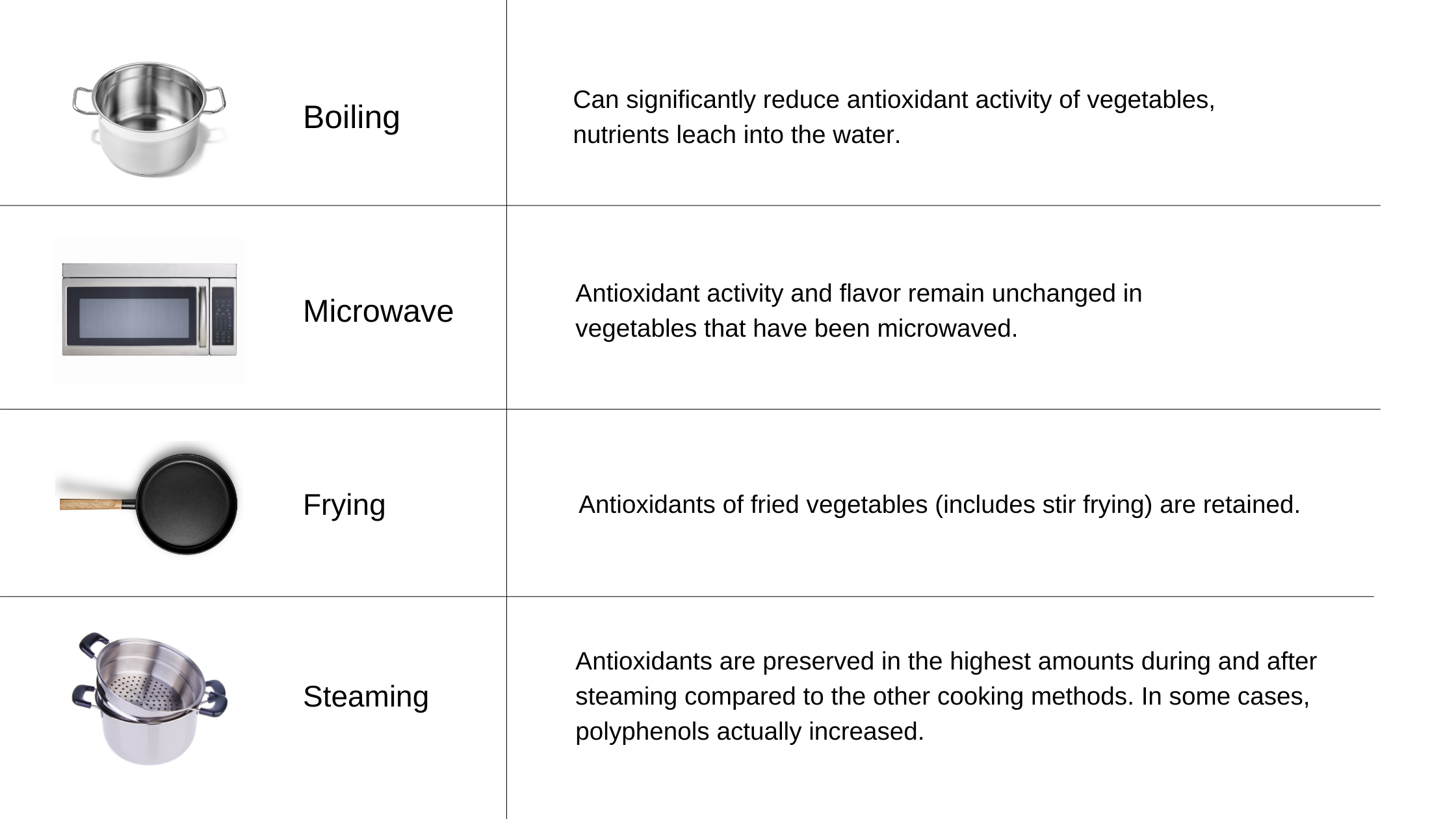Scared to cook? Or just never learned how? If cooking at home is one of your goals this year, read on and be inspired to finally gain the confidence you need to be a pro in the kitchen.
There are so many great reasons to eat more of your meals at home, particularly ones that you prepare from scratch. Luckily, Americans are cooking at home now more than ever, but a good number still shy away from the kitchen.
Why you should be cooking at home
Making your own meals can save you some serious money, offers a stress-relieving creative outlet, and most importantly, provides you one of the simplest, most effective ways to improve your health. Preparing your food gives you control over exactly what – and how much - goes onto your plate. Restaurant food is usually high in sodium and notoriously generous in portion size, and convenience foods like frozen dinners are often loaded with additives. Cooking even just twice a week is shown to considerably lessen calorie, carb, fat, and sugar intake while boosting dietary fiber.
How to find yourself in the kitchen
Whether you feel intimidated, lack experience, or struggle to find the time to cook, you should rest assured that you have what it takes to learn to cook delicious meals with confidence. All it takes is some practice and persistence. Follow these 6 rules to ease your anxiety and gain control in the kitchen:
1) Invest in basic cooking tools. It is hard to feel energized about cooking if you lack the right gear. Do a quick inventory of what you already own and fill in the gaps to make your kitchen an easy place to cook.
- A non-stick 10” pan, a 6-qt soup pot, a 3-qt saucepan
- Two sheet pans and a baking dish
- Cutting board and two knives - a quality chef’s knife and a small serrated knife
- Mixing bowls, colander, whisk, spatulas, and measuring cups and spoons
- A blender, food processor, and slow cooker are highly useful.
2) Stock your pantry with healthy staples. Keep a stash of commonly used goods at the ready. Start with the essentials, and as your skills expand, so will your pantry: extra virgin olive oil, balsamic vinegar, reduced-sodium soy sauce, a variety of dried spices and herbs, maple syrup, unsweetened cocoa powder, canned tomatoes, canned beans, tomato paste, whole wheat pastas, green and red lentils, brown rice, grains like barley and couscous, flour, seeds, and raw nuts like walnuts, almonds, and pecans.
3) Start simple and start small. Home cooking does not need to be extravagant, especially when you are just starting out. Prepare meals with ingredients you are familiar with, starting with the simplest recipes of foods you already love. Gradually get more complex as your intuition develops. Strive for cooking two evenings at home per week to begin. As you feel more comfortable, increase another cooked meal for the week.
4) Seek inspiration from many different resources. As your confidence grows, venture out of your comfort zone and discover exciting new recipes to try. The possibilities are endless! Flip through vibrant cookbooks, join social media cooking communities, watch YouTube clips, ask friends and family for tried-and-true recipes, peruse through food blogs, or take a cooking class. Have fun trying to recreate your favorite go-to restaurant meals at home, preferably with a healthy twist.
5) Plan meals and buy ingredients in advance. Knowing exactly what you plan to prepare – and having everything on hand to complete each meal – will take the guesswork out of cooking before the week even begins. Each weekend, create a list of the meals on tap for the upcoming week. Jot down a list of all the ingredients you will need, and visit the grocery store that day to complete all your shopping for the week.
6) Cook large batches for future meals. Consider doubling a recipe to also enjoy the next day, or portion out leftovers to freeze and re-heat later for a quick, healthy dinner. This is especially useful for nights when you know you will be short on time to cook.
7) Different cooking methods and their effects on food






